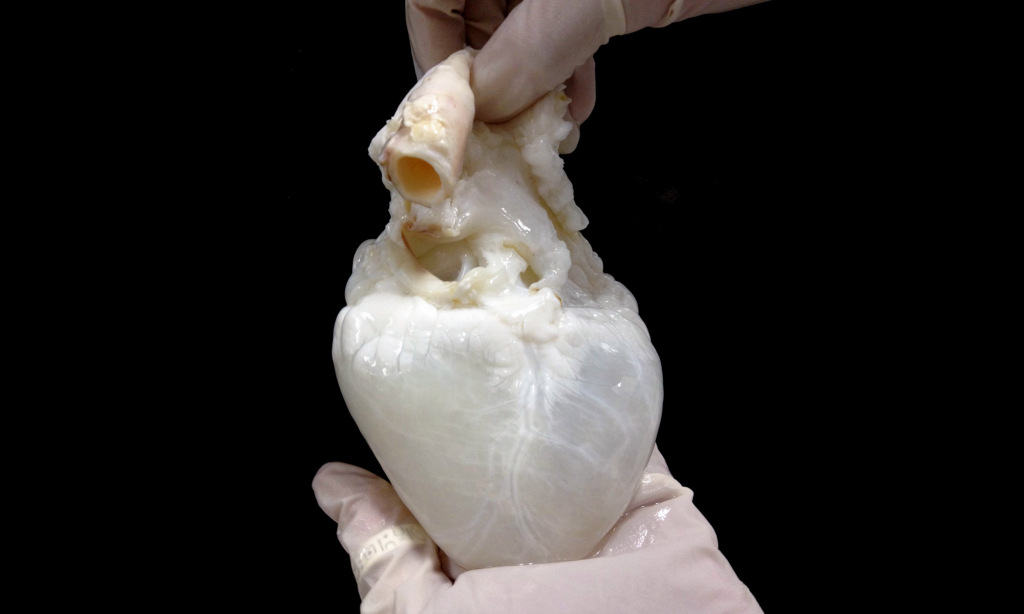About cord blood
Hematopoietic stem cells, HSC
The blood within your baby’s umbilical cord that remains in the umbilical cord and placenta after delivery, is called ‘cord blood’ for short. The umbilical cord contains the same powerful stem cells that help your baby develop organs, blood, tissue, and an immune system during pregnancy.
After your baby is born, whether vaginally or by c-section, the cord is clamped and then cut according to the maternity clinic’s usual procedure – either by your partner or your midwife. There is still blood left over in the umbilical cord that can be collected and saved even after delayed cord clamping.
Why should you save cord blood?
Hematopoietic stem cells (HSC) give rise to all blood cells. They were discovered in 1960’s and the main source of hematopoietic stem cells is bone marrow and umbilical cord blood. Around 50 000 patients receive a stem cell transplantation each year, a therapy given to treat a number of deadly diseases including leukaemia, lymphoma, metabolic diseases and immune system diseases.
Every part of the human body contains some stem cells, but most are not a rich enough source to be harvested for therapeutic applications. Compared to stem cells from bone marrow, stem cells in the umbilical cord blood are more immature and have a greater adaptability. In addition to their relative potency, when used in treatment, cord blood stem cells are less likely to cause complications during transplantations. The properties of hematopoietic stem cells mean they can more easily integrate into a patient’s body. It’s easier to match transplant patients with cord blood than with other sources of stem cells. This makes cord blood an even more valuable resource for ethnic minorities, who have a harder time finding stem cell matches in the registry of adult donors such as Tobiasregistret in Sweden.
Our body rejects what it doesn’t know
If the treatment is more beneficial with the body’s own stem cells or from a donor depends on the illness or condition being treated. There’s no risk that the body will reject its own stem cells or react against them, or the opposite – so-called Graft-versus-Host disease (GvHD). For experimental treatment within regenerative medicine, the patient’s own cells are ideal. Hematopoietic stem cells found in cord blood are used to bolster and re-populate the cells in the blood and immune system. The most common use of stem cells stored in private banks is sibling donation for the treatment of leukaemia. A disease where chemotherapy is often used to rid the body of the cancerous blood cells, but it takes its toll on the body’s normal blood-forming cells, too. Stem cell transplants infuse the body with the blood-forming cells it needs to recover, effectively replacing the old cells with new, healthy cells. When transplanting the patient’s own stem cells, his or her own immune system are maintained.
Donated stem cells can attack cancer cells
There are many diseases that are advantageously treated with stem cells from someone else, for example in different forms of blood cancer. Unlike the example above, where the cells are used to recover after a chemotherapy treatment. The purpose of donated stem cells is for the transplanted cells to attack the cancer cells and that effect increases if immune cells and cancer cells come from different individuals. There is also the risk of transplanting the disease back to the patient if they regain their own stem cells. A family member with matching HLA will always be the best choice for donation. The umbilical cord stem cells will always be a perfect match for the child they belong to and have a great chance of being a match for siblings and family members. A family saving of stem cells is therefore a security for your entire family and not just for the child from which umbilical cord the stem cells were taken.
In addition to current evidence-based umbilical cord blood treatments, a variety of experimental treatments are evaluated in numerous clinical trials, including stroke, heart disease, diabetes, Multiple Sclerosis, Cerebral Palsy, Alzheimer’s and many more.



